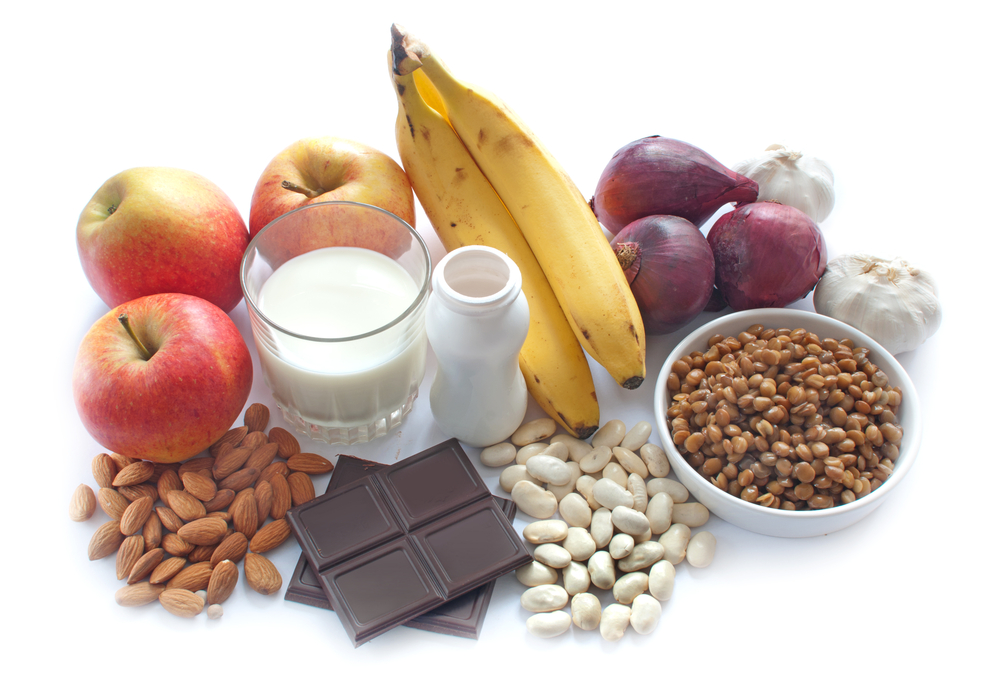In recent years gut health has been getting a lot of press, and for a good reason. “Gut health” is a term used to describe the healthy bacteria that live in the colon and GI tract and the state of health these bacteria have from one person to the next. If you are not eating right, taking lots of antibiotics, drinking too much alcohol, or have a few other predisposing factors. Your “flora,” another name for the gut bacteria, might not be flourishing.
These florae play a big role (bigger than we used to realize, until recent years) in how we feel from day to day. The bacteria in our gut contribute to our regularity, blood sugar, and lots of small chemical and hormonal changes in the body that can influence how we feel tremendously.
Probiotics support the health of gastrointestinal flora, usually in the form of contributing live bacteria or yeast to supplement the naturally occurring bacteria that have been slowed down or harmed by poor diet, medication, or illness. That supplements normal gastrointestinal flora,
What Are Pre-Biotics?
Prebiotics are usually carbohydrates that are not digestible by the body for energy as calories (like Inulin, for example, which can also be purchased as a supplement from businesses like prebiotics from GoBiotix ) that instead function to promote the growth of and support the environment of beneficial bacteria (intestinal flora) within the GI tract. Essentially, they are not probiotics, but they work to help probiotics flourish.
Dietary Sources of Prebiotics
Chicory
Inulin is prebiotic found in a great number of foods we eat. We can’t use dietary fiber as energy, but our colon can use it as a prebiotic to help flora grow and stay in healthy abundance in the gut. Inulin that is sold as a dietary supplement is usually extracted from chicory, which is a leafy plant that has been used for hundreds of years in the Americas. It is a coffee substitute used during the civil war and is still prized in the southern states as a coffee additive.
Other than as a coffee-like morning beverage, which is made from the ground root of the chicory, the top of the plant is also useful as a delicious bitter green that can be used in warm and cold dishes, including stir-fries soups and salads.
Dandelion Greens
Another bitter green, dandelion, has the bonus of being free to use if you can forage some from a place free of lawn chemicals and many pets (who use it as a bathroom). Dandelion greens are delicious in cold salads and warm salads. An especially delicious way to serve them is with a warm bacon vinaigrette, walnuts, and blue cheese.
Onions, Garlic, and Leeks
Inulin is found in abundance in these items will probably reassure a lot of people that they already include a lot of prebiotics into their diets, without even realizing it. These much-loved aromatics are rich in dietary fiber and prebiotics, so don’t be afraid to load up your next meal with extra garlic and onion.
Asparagus
Asparagus is especially high in prebiotic dietary fiber, so keep this in mind the next time you choose a delicious green side dish (or main). There are so many delicious ways to serve asparagus that you can eat it seven days a week without getting repetitive.
Apples and Bananas
These two popular fruits are full of great prebiotic nutrients, so go bananas… or go apples. Either way, you are doing your gut health a favor.
There are many more great dietary sources of prebiotics that you shouldn’t need to add a supplement. However, if you decide to go in that direction, many supplements are high in fiber and prebiotics out there to choose from.
